Writing about Jessica Simpson in my previous blog entry reminded me of the little Netflix show called ‘Love Is Blind’. Ok, it’s not such a little show. Since it initially debuted in 2020, it’s become a global phenomenon. It even now has international versions, including Brazilian, Swedish, British, Argentinian, Japanese, and Arabic. The reason I was reminded of the show was because Jessica Simpson’s first ex-husband, Nick Lachey, hosts the original American version of the dating reality series alongside his current wife, Vanessa Lachey. They also host the American version of ‘The Ultimatum’, and Nick hosts ‘Perfect Match’ on his own.
I personally stopped watching the American version of ‘Love Is Blind’ after season 6. I couldn’t take the utter fake mess and ridiculousness anymore. Instead, I’ve been watching all the international versions. Not only are they more intriguing, they also showcase the different cultures of their respective versions and the countries they represent. My all-time favourite is the Japanese version of the show, and my least favourite is the Arabic version, called ‘Love Is Blind Habibi’. I’ll get to that later, though, I promise. I only want to add that I’m so sad that the Japanese version hasn’t been renewed for more seasons following the release of its first.
Now, however, I want to concentrate on discussing the Brazilian version of ‘Love Is Blind’. More particularly, I want to discuss Ingrid Santa Rita, who appeared on season 4 of the series. And because the producers of the show didn’t put a disclaimer themselves when they should’ve before the reunion, I’m going to it. This blog entry discusses marital rape and abuse, so if this is something that triggers you, please don’t continue reading. Move on to another post. I myself never went through marital rape (thank f*cking goodness). I’d done through rape and abuse in relationships, but not in my marriage. Hence, this is a subject I’m very passionate about. Did you know that it wasn’t always recognized that a husband could rape his wife? Historically speaking, rape was seen as a crime or tort of theft of a man’s property (usually either a husband or father). In this case, property damage meant that the crime was not legally recognized as damage against the victim, but instead to her father or husband’s property. Therefore, by definition a husband could not rape his wife.
It was Sir Matthew Hale that came up with the notion that a man couldn’t possibly rape his wife. In his book, ‘The History of the Pleas of the Crown’, published posthumously in 1736, he wrote, ‘The husband cannot be guilty of a rape committed by himself upon his lawful wife, for by their mutual consent and contract the wife hath given up herself in this kind unto her husband, which she cannot retract.’ Under the English law, a man couldn’t be charged with the rape of his wife, but only the rape of oneself. It wasn’t until the 90’s that marital rape was finally recognized as a crime in all 50 states in the United States and then worldwide. Article 27 of Fourth Geneva Convention states, ‘Women shall be especially protected against any attack on their honour, in particular against rape, enforced prostitution, or any form of indecent assault.’ When the International Criminal Court statute finally recognized marital rape as a crime, it stated, ‘Not until the last half century was rape understood to be an offense against the woman, against her dignity, instead of against her family’s or her husband’s honor.’
In a variety of cultures, marriage after a rape of an unmarried woman has been treated historically as a ‘resolution’ to the rape, that is, a ‘reparatory marriage’. Reading this particular part while doing my research on marital rape was crazy to me. I was raped a few years before I met my husband. I was also in two abusive relationships thereafter. Meeting my now-husband and starting a relationship with him certainly didn’t fix anything, and getting married to him wasn’t the resolution to all my problems. The night I was raped was also the night I lost my virginity. It certainly wasn’t how I envisioned I’d lose my innocence. I always thought that sex was a beautiful thing to experience with a partner; another beautiful way to communicate with one another and connect with each other on a deeper level. That’s how I see it now with my husband. But it took a long time to get to that point.
I was raped by someone who I thought I was my friend; someone I thought I could trust. It happened in my own house and in my own room, where I spent most of my days when I wasn’t in school. It was my safe space. And suddenly, after that night, it wasn’t anymore. I couldn’t trust anyone anymore. Research shows that sexual assault survivors’ sexual ‘problems’ are attributed to their past sexual trauma. This includes sexual dysfunction and a decrease in sexual satisfaction. An early study of 372 sexual assault survivors discovered 71% of women who had a history of sexual trauma attributed their sexual functioning issues to their past assault. Similarly, another study comprised of 371 women revealed the most common sexual problems were fear of sex, arousal dysfunction, and desire dysfunction with 88.2% of women indicating experiencing at least one of these.
In the years that followed my rape, all I wanted to do was have meaningless sex with absolutely zero feelings involved. And I did just that for a while. Just as I felt I was ready to be involved in a relationship and give a part of myself to someone else, the person I was with ended up being an emotionally abusive person. He didn’t like seeing me having a good time with others. He didn’t like seeing me having friends. There were times when he’d force me to leave parties because he saw that people liked me, but not him. There were times when he’d force me to have sex with him, and would make me feel guilty and like I did something wrong if I said no. I remember I pretended to be asleep to avoid having sex with him.
I finally got the courage to break things off with him after a 5 month on-and-off relationship. But even then, he wouldn’t leave me alone for months, begging me to include him in everything I did. He once came to my house uninvited while I was hosting a party for my friends. When I refused to open the door for him, he looked like he was about to cry. But not because he was sad, but because he aimed to manipulate me into opening the door for him. I saw him again years later when he invited me to his own house party. I came there with my husband, and at one point during the party when my husband wasn’t looking, my ex sexually assaulted me. What was even worse was that the woman that claimed to be my best friend for years went to another one of his party thereafter, despite the fact that she knew full well what happened, as well as the history, and she made sure that I found out that she was there with her other friends. I became a victim yet again in the endless cycle of mistreatment.
My next boyfriend was an interesting character. He wasn’t even good at courting me, and this is rare because usually, men who are abusive are really good at courting the women they’re targeting. They’re mask their true selves that way. The first thing that comes to mind is the character of Ryle from ‘It Ends With Us’, who was played by Justin Baldoni, who also directed and produced the movie. He was great at courting Lily, played by Blake Lively, at the beginning of the relationship when he was courting her and trying to win her over. For the first hour of the film, you’d think it was a romantic comedy, just as Lively and the rest of the cast, with the exception of Baldoni himself, promoted it. I previously wrote numerous blog entries about the movie and the main actors as there’s so much to say, so I won’t go into it here. I will get into more in the future. But I want to talk about the characters further.
Lily witnessed her father abuse her mother from a very young age. She met her first love, Atlas, who’d also witnessed abused at the hands of his mother’s boyfriend, in her 20’s. After getting to know each other on a deeper level, they’d become sexually active. Upon finding Lily and Atlas in bed, Andrew severely beat him, resulting in the latter being hospitalized. Following the incident, Atlas left for the Marines. Years later, she met Ryle when she sat on an apartment complex rooftop. While she sat there enjoying the view and thinking about life, Ryle angrily arrived as he angrily kicked the chair. I’d describe the char kicking as rage. That should’ve been the first sign for Lily to run away as fast as she could from him, but she’d become so used and so numb to that particular part of her life that she decided to avoid them.
As I said before, their relationship started off well. Ryle did everything that was expected of a man to be a mixture of charming and sexy. One morning, on a random Tuesday, Ryle burned his hand while cooking breakfast. When Lily tried to help him, he hit her in the face, but immediately apologized and insisted that it was an accident. She believed him. They then went on a double date with Ryle’s sister, who’s also Lily’s employee at her flower shop. The restaurant they dined in happened to be owned by Atlas, Lily’s first love. He instantly took notice of the signs of abuse in Lily’s and Ryle’s relationship, and confronted Lily about it. Lily insisted she was fine. He knew she wasn’t, so he gave her his number.
The abuse between Ryle and Lily seemed to have died down, and the two got married. But after Ryle found Atlas’ phone number hidden in her phone case, his rage escalated yet again, and he pushed Lily down the stairs. He made her believe that it was an accident, just like it was the first time, and yet again, she believed him and they went on like nothing happened. As both Lily and Atlas’ businesses were featured in a local magazine, Atlas explained in an interview that he named his restaurant after Lily and his love for her. Ryle read the article and, in a jealous rage, attempted to take Lily. Lily escaped with Atlas’ help. She ended up finding out ahead of was pregnant, and after she had their daughter, she finally got the courage to tell Ryle she wanted a divorce…while he held their new baby. She then went on to reunite with her first love.
This Hollywood-like happy ending received a lot of backlash from real-life domestic violence survivors who watched the movie. They’ve said that if it were real life, Ryle, as an abuser, would’ve never let Lily go so easily when she said she wanted a divorce, and Lily, as a victim, would’ve never had Ryle hold their baby when she told him she wanted to end their marriage. There’s much to be said about the ending of ‘It Ends With Us’. Particularly, concerning the difference between the ending of the book and the movie. In the book, Lily, after realizing the extent of Ryle’s abuse, divorced him and granted him partial custody of their daughter, Emerson, leading to ongoing co-parenting interactions. The movie adaptation, altered the ending to remove Ryle from Lily and Emerson’s lives completely, with Lily raising Emerson seemingly alone, finding support in her mother and Atlas. In reasoning for changing the ending of the book, Baldoni stated that he and screenwriter, Christy Hall, considered the co-parenting, scene but ultimately decided against it, believing that it would undermine the message of ending the cycle of abuse.
Colleen Hoover, the author of the book, had stated that her writing was influenced by her own experiences with abuse in her family, and she aimed to portray the complexities and difficulties of escaping abusive relationships. Many have criticized the bestselling author of romanticizing abuse, which I certainly agree with. In the Lively vs. Baldoni fight, she’s probably supported Lively, and promoted the movie alongside her as a romantic comedy rather than for what it actually was with Baldoni. She’d also published colouring books glamorizing abuse. I’ve criticized her marketing campaign for the book and the movie in previous blog entries about the Lively vs. Baldoni fight, and I’ve said that I think that the only reason I think she’s took Lively’s side was so that there would be a chance to make a second movie, based on ‘It Starts With Us’, without Baldoni, as he still owns the rights to both her books. ‘It Ends With Us’ made $351 million over a $25 million budget. Everything for Hoover seems to be about money rather than the message itself.
But the message itself was very well told. On page 17, Hoover described Lily’s cycle of abuse by writing, ‘My father was abusive. Not to me-to my mother. He would get so angry when they fought that sometimes he would hit her. When that happened, he would spend the next week or two making up for it. He would do things like buy her flowers or take us out to a nice dinner. Sometimes, he would buy me stuff because he knew I hated it when they fought. When I was a kid, I found myself looking forward to the nights they would fight. Because I knew if he hit her, the two weeks that followed would be great…Of course, if I could, I would have made it to where he where he never touched her. But the abuse was inevitable with their marriage, and it became our norm.’ Of missing red flags, she wrote on page 51, ‘The first time I met you, you were high. Now you’re drunk. I’m beginning to worry you aren’t going to make a very qualified neurosurgeon.’ He laughs, ‘It would appear that way,’ he says. ‘But I promise you I rarely get high and this is my first day off in over a month, so I really needed a beer. Or five.’’
There were so many red flags in Ryle; too many of them to count. He drank smoked pot despite him being a neurosurgeon. He repeatedly perused Lily despite her repeatedly telling him she wasn’t interested. He was jealous. He was angry. He was possessive. And yet, he was also kind. He was charming. He was sensitive. He was intelligent. He was a gentleman, and completely devoted to Lily. But he was those things to Lily to only see the good side of him; to get her to love him for that side of him. The thing about abuse is that when you are abused or come from a dysfunctional family, your entire meter of normal is different. You see, to me, being mistreated by the men I’d been involved in sexual relations with seemed to be normal to me because that was what I knew. I didn’t know I could be treated with kindness and respect by someone who claimed to love me and care for me, because the first person I had sex with only claimed to have loved me with his words, and not his actions. He wasn’t kind to me, nor did he ever care for me. He only cared for what he could do to me. So I always came back to the same type of men. I missed the signs because my idea of love was what I initially experienced. My brain worked completely different than of someone who hadn’t experienced sexual trauma. Not only it was that I missed the signs of abuse in the people I dated, but it was that it was the treatment I knew to exist, and it was the only treatment I thought I deserved. And it wasn’t just those two boyfriends, but other people I’d dated as well. There was one man I dated who had already introduced me as his girlfriend without us even discussing who we were to each other to begin with. He hadn’t even kissed me yet, and he was out there telling the world we were dating. I felt as though I was treated like I was his property. Then when we finally did, my ex-boyfriend who’d abused and who I’d broken up with came to the same party we attended and kissed me in front of him. Instead of supporting me, he called me a slut and an alcoholic, and he left me alone for the rest of the night to cry. Instead of him supporting me, his friends did.
The ex-boyfriend who wasn’t good at courting me was abusive to me in different kind of ways. He just wasn’t kind to me. There was nothing that even attracted me to him. He just decided that we were dating after we met, and I went along with it. Again, as if I was his property. Then, on my birthday, he hit me, and it was then that I knew that I had to get out of the situation I was in. I avoided seeing him and speaking to him at all costs. Two months later, I met my now-husband. We connected at a party we both attended. I came with friends, without my boyfriend in tow. My now-husband and I connected, and he asked me out. I agreed to go on a date with him without telling him I had a boyfriend ‘waiting at home’. After going out on a few more dates with him, I broke things off with my abusive ex and officially started a relationship with my now-husband. Following the breakup with my ex and me starting a relationship with my now-husband, my friends, those who brought me to the party where I met my husband and, more particularly, the friend who urged me to give my phone number to my now-husband even though the friend knew I had a boyfriend ‘waiting for me at home’, shamed me and accused me of cheating. My ex, on the other hand, seemed oddly fine with the news that I wanted to end our relationship. He even wanted to ‘stay friends’. He even wanted the three of us to hang out together, with him as a third wheel. I realized it was a way for him to stay close to me as immediately after my husband and I got engaged, my ex stopped all communication. I missed the signs…
My relationship with my husband was good; better than all the rest, of course. But he didn’t fix all my problems and sexual traumas. Being with him didn’t ’fix me’. Being with him didn’t cure me. I was still reeling from my past. My past defined me. My past still haunted me. My past affected my newfound healthy relationship. It almost destroyed my relationship with my husband. It was never my husband’s responsibility to ‘bring me back to life’. It was never my husband’s responsibility to have me ‘see the light at the end of the tunnel’. It was never my husband’s responsibility to save me. I needed to save me from myself. I needed to bring myself back to life and see the light at the end of the tunnel on my own terms. It took me years to get to a positive place, and my husband was very patient with me and my journey of healing. It wasn’t easy, but we got there. My story is just a reminder that marriage isn’t a solution or a cure to one’s healing journey.
I’d like to come back to the point of the two different endings of ‘It Ends With Us’ book and movie. The book’s ending was criticized by the fact that Lily continued to co-parent her daughter with Ryle even though he was an abuser. Many called this ending unrealistic. I beg to differ, however. In my own life, I know someone who continues to co-parent her children with her abusive ex-husband. It’s not an ideal situation. It’s not healthy. It’s a comfortable way of living life for her because it’s what she’d known for years. This is what she chose for herself because her abuser pays for her lifestyle, as well as for her kids, and she’s rather take the abuse to obtain that rather than have her freedom and independence. I’m not defending the situation by any means. I don’t think it’s right. I don’t think it’s right for her. I don’t think it’s right for the kids. It’s only hurting the kids, and it’s giving them the wrong idea of what love, care and nurturing really is. I had to cut her out of my life completely. It became unhealthy and triggering for me to witness and hear of her life and the abuse she’d endure post-separation. And just as those who’ve criticized ‘It Ends With Us’ controversial ending, both the book and movie versions, abuse post-separation became worse for her than the abuse she endured while she was with him.
With that being said, both versions of ‘It Ends With Us’ make perfect sense. Both are based on real-life events. Some domestic violence victims end their abusive relationships and absolutely all ties with their abusers. Others end relationships with their abusers and still choose to co-parent and continue to have them in their lives. They continue to make excuses for them and why they choose to keep them around. And if they choose to continue to have them in their lives, it doesn’t mean that they’be survived abuse. It just means that they’re allowing the abuse to continue and even allowing to escalate the abuse further. It’s not a happy ending. It’s an ending to a ‘romantic’ relationship, but it’s not an ending to the abuse that the woman and her child(ren) would continue to have to endure. In an interview with The Wrap, Baldoni discussed exactly how he decided to change the ending, as well as Lily’s circumstances and the capacity of the role Ryle had in her life following their divorce. He said, ‘Too much had to be done in such a short window to explain how [Ryle and Lily] could possibly be co-parenting. I don’t want to open up a can of worms and have a conversation about, you know, should a man like Ryle be allowed to co-parent? You know, what’s an acceptable amount of work that that someone has to do in that situation? It was just way too much.’
In the book, Hoover wrote from Lily’s perspective, ‘I look at Emerson (her daughter) and I look at Ryle, I know that I have to do what’s best for her. For the relationship I hope she builds with her father.’ In the case of the person I used to know who’s had a very similar story to Lily in the book version, the abuser doesn’t deserve to have the kids in his life at all. The kids don’t deserve to witness his treatment of their mother. The kids deserve to see a better example of what a man should be. It’s not just me who believes in this. Many experts in the field believe that co-parenting in this scenario isn’t possible. While the abusive marriage may have technically ended, the victim never gets to move on from the abuse as the co-parenting continues to put the victim backed into the same situations. In that regard, the kids are still witnessing abuse, and they now get an idea in their heads that that’s what a real marriage is, and that that’s what love is. This person that I’m so heavily discussing isn’t a good father, and he’s used the kids as a weapon in continuing to abuse their mother. Everyone would’ve been much better off had the abused not been in their life at all following the separation. This is just one case scenario that I have in my life as a real-life Lily (book ending). There are many more, and they might have different circumstances. A 2016 report by Canada’s Chief Public Health Officer details the alarming health risks associated with domestic abuse. Both women and children exposed to IPV are at a higher lifetime risk of developing chronic diseases, cancer and mental health problems, such as post-traumatic stress disorder, and IPV survivors have shorter life expectancies.
Hoover never explained how Lily and Ryle got to a place where they could co-parent their daughter together, and that’s something that was also criticized online. The fact of the matter is, abusers, at least the ones I know of in real life, don’t get to a healthy place where co-parenting is the perfect solution for everyone. Abusers don’t think there’s anything wrong with them. They’ll never admit to their wrongdoings. Instead, they’ll blame everything on others. And that’s the real issue with keeping such a**holes around. Maybe that was the point that Hoover was trying to make in the book. This doesn’t make Hoover’s version any less realistic. It just goes to show that sometimes domestic violence victims fail to see that divorcing an abusive partner isn’t the real inevitable end to the violence. The path to freedom isn’t always as obvious. In fact, according to the Ontario Ministry of the Status of Women, it takes an average of five attempts for a Canadian woman to finally break free of an abusive relationship. But even then, a clean break is unlikely when children are involved. No matter the case, co-parenting with an abuser makes it hard for survivors to separate themselves and psychologically heal from their experiences
I also want to go back to the hospital scene where Lily told Ryle that she wanted a divorce. Many who watched the film criticized it as she said this to him while he was holding their baby, and called that particular scene as unrealistic because a domestic violence victim would never allow themselves to say such a thing to their abuser while they hold their child as it would put a danger to the well-being of the child. That might be true. It actually IS true. But it’s also important to really analyze the scene shot to shot. If we look closely, we see that while Ryle is holding their daughter, Lily is carefully analyzing him; studying his face and manoeuvres in that particular situation. She’s being careful in deciding whether it’s the right time to tell him she wants to end the marriage or not. We also know that she tells him she wants a divorce in a public place. And not only is it a public place, but a hospital. If anything were to happen that could lead him to go to jail, he could lose his licence which means that his career as a neurosurgeon would end entirely. We know that that’s something he could never risk happening.
And now, we’re coming back full circle to discuss Ingrid Santa Rita’s journey on ‘Love Is Blind Brazil’. As I watched her season unfold, I was rooting for her the entire time. I wanted her to succeed and find everything that she was looking for and more. The girl had been through a lot. She had her first child at the age of 13; obviously not an ideal life circumstance. By the end of the season’s run, we saw her get married to Leandro. She finally got her ‘happily ever after’…or so we thought. At the reunion, we learn that the couple divorced, but not only did they get divorced, but we also learned that Leandro had sexually assaulted her in the marriage numerous times, and that he’d raped Ingrid in her sleep. Her own daughter found them in the act.
The entire episode was triggering, and no warning was ever given that there would even be a mention of sexual assault and violence in the episode. Ingrid and Leandro were the second couple to give an update on the marriage, so it was very early in the episode that such heavy discussion came about. As I watched the heaviness of the episode unfold, my husband asked me immediately if I wanted to turn it off as I looked like I was about to cry. But I felt that it was important for me to continue watching it, no matter how hard it might’ve been. It was important for me to do that, and I’m so glad that I did. The hosts of ‘Love Is Blind Brazil’, as well as the producers of the show, not only failed the viewers by not including a warning at the beginning of the episode and by not providing resources where victims of sexual assault could call and ask for help, but they also failed Ingrid by not protecting her in her segment, as well as what followed. They failed to provide the respect she deserved in the episode. After being given a hammer to smash her wedding day photo, Ingrid went on to air a series of grievances with her ex-husband, such as his inability to aid her in renovating her home. All of this culminated with her finally revealing that Leandro sexually assaulted her in her sleep for at least a week during their short-lived marriage and crying copiously as she asked him to name what he’d done to her. The moment was shocking and disturbing. However, shown without any kind of content warning and carelessly shoved in between jokes about Patrick Ribeiro’s baldness and Ariela Carasso’s over-the-top reactions, it becomes completely disheartening. After back-and-forth between Ingrid and Leandro, both of them were asked to leave the stage by the hosts, and all I could ask myself was whether or not Ingrid was provided with the resources she needed in the aftermath, such as therapy, by the producers; by her ‘Love Is Blind bosses.
With this in mind, I just have to include ways that a company can protect its employees from a case of violence in the workplace – in ways that ‘Love Is Blind Brazil’ failed to do. First, companies should implement a comprehensive strategy, including risk assessments, security measures, training, clear reporting procedures, and a supportive workplace culture. And in a more detailed sense:
Risk Assessment and Prevention:
- Assess the Risks:Conduct regular risk assessments to identify potential hazards and vulnerabilities related to workplace violence, considering the nature of the work, the workplace environment, and the types of interactions employees have.
- Develop a Prevention Plan:Create a detailed workplace violence prevention plan that outlines procedures for identifying, preventing, and responding to incidents.
- Security Measures:Implement security measures such as security personnel, surveillance systems, controlled access, and emergency response plans.
- Training and Education:Provide employees with training on recognizing warning signs of potential violence, de-escalation techniques, and emergency procedures.
- Policy and Procedures:Develop and communicate clear policies and procedures for reporting and responding to workplace violence incidents.
Reporting and Investigation:
- Establish Clear Reporting Procedures: Ensure employees know how to report incidents of violence or threats of violence, and provide a safe and confidential reporting process.
- Investigate Incidents Thoroughly: Investigate all reported incidents promptly and thoroughly, taking appropriate action to prevent recurrence.
- Document Incidents: Maintain detailed records of all incidents, including the nature of the incident, the parties involved, and the actions taken.
Creating a Supportive Workplace:
- Promote a Positive Workplace Culture:Foster a culture of respect, open communication, and mutual support, where employees feel safe and valued.
- Address Harassment and Bullying:Take swift and decisive action to address any instances of harassment or bullying, which can create a climate conducive to violence.
- Provide Support Services:Offer employees access to resources and support services, such as counseling or employee assistance programs, to help them cope with stressful situations or potential threats.
- Encourage Communication:Create open communication channels where employees feel comfortable raising concerns or reporting incidents.
- Maintain a Healthy Workplace:Ensure that the workplace is clean, safe, and well-maintained, which can help reduce stress and potential conflicts.
Let’s help protect women. Let’s not just be witnesses of abuse and let it happen. Let’s be the reason why abuse ends – like Atlas was the reason why Lily’s abuse ended.
Our Most Popular Posts
Sign up to our newsletter if you want to see more content from The Graceful Boon! By signing up to our newsletter, you'll get an even more in-depth content from yours truly, Stacie Kiselman, who's our Graceful Boon, that you won't want to miss out on.

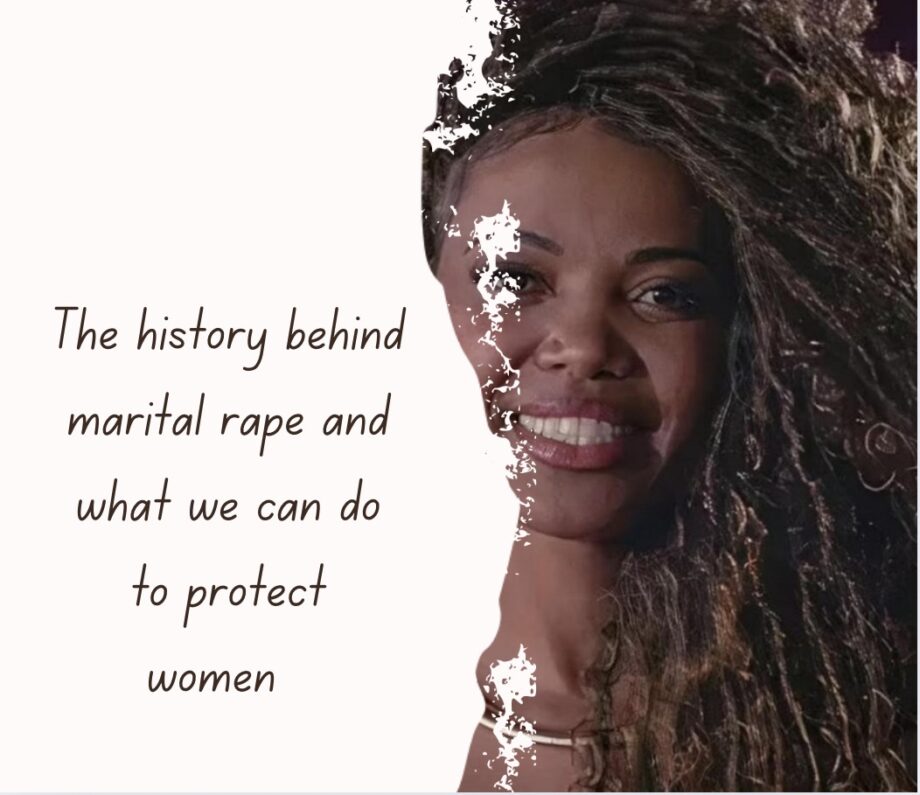


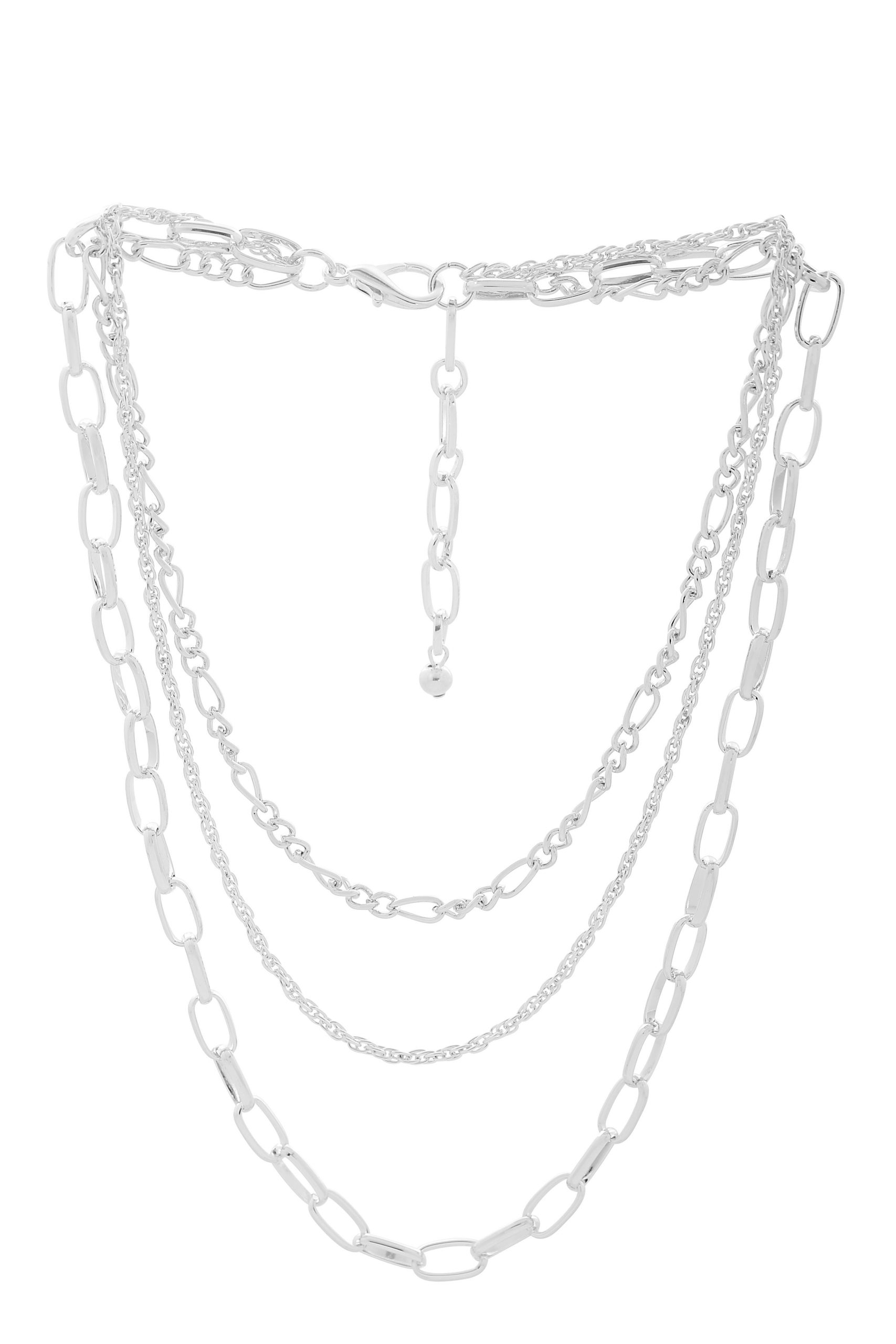


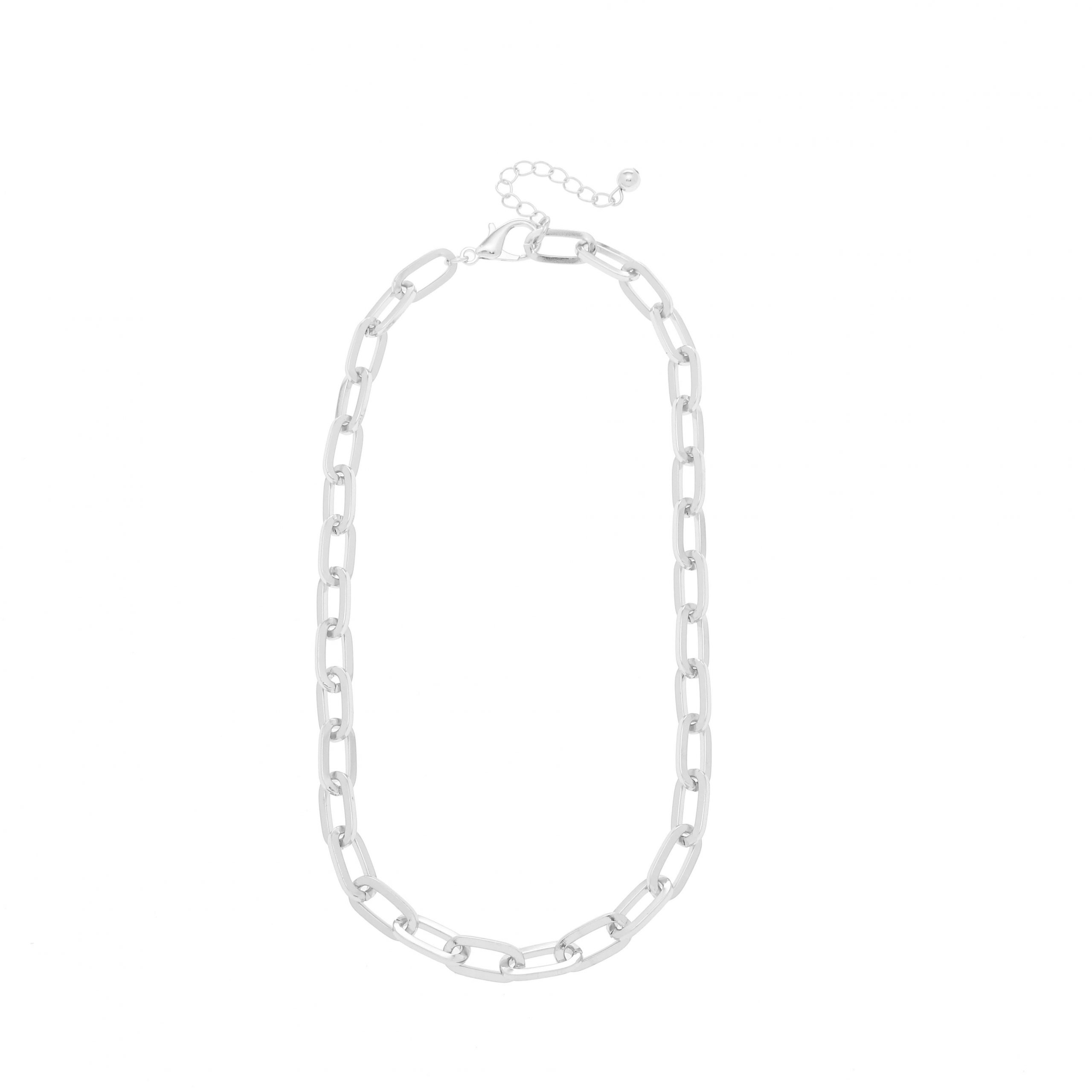

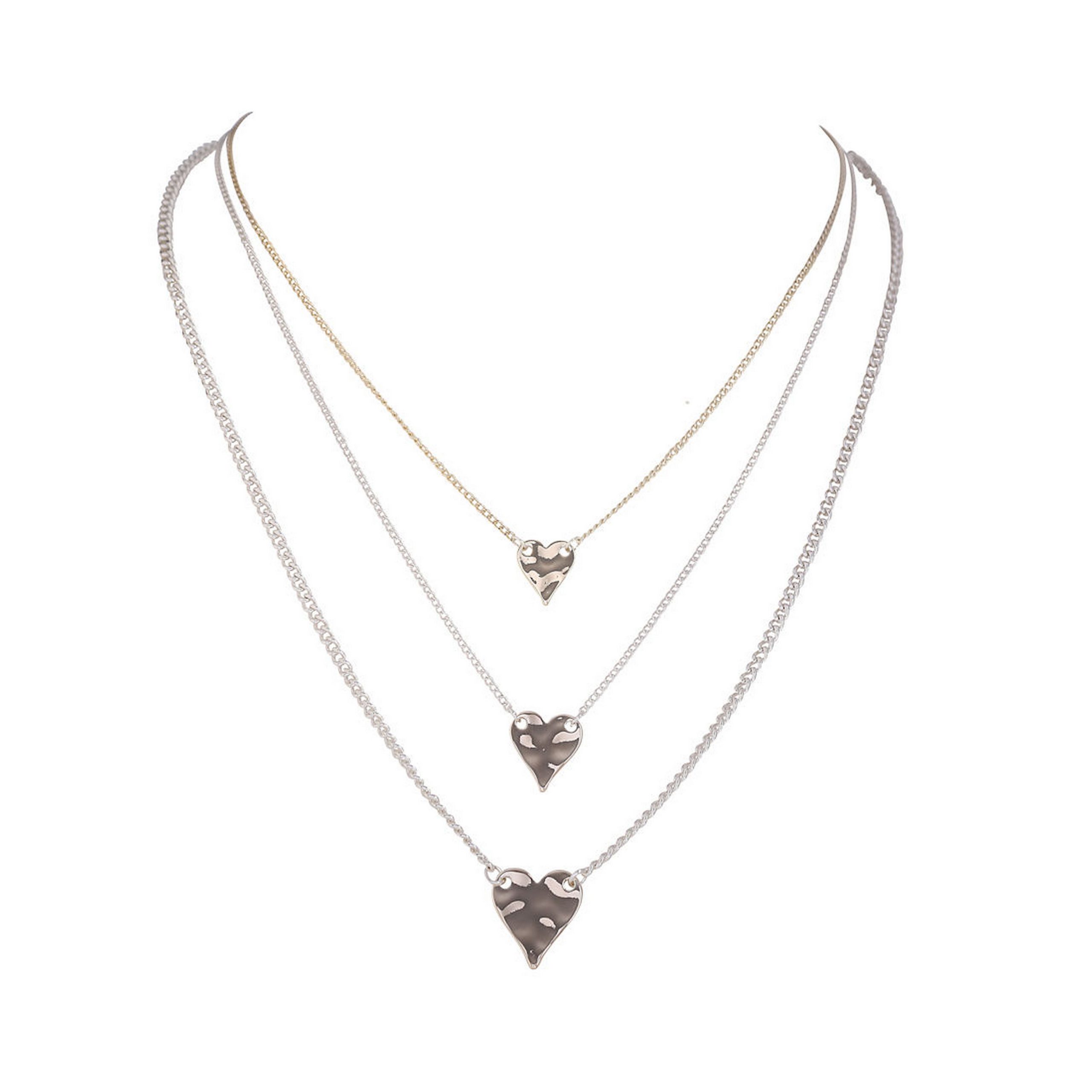



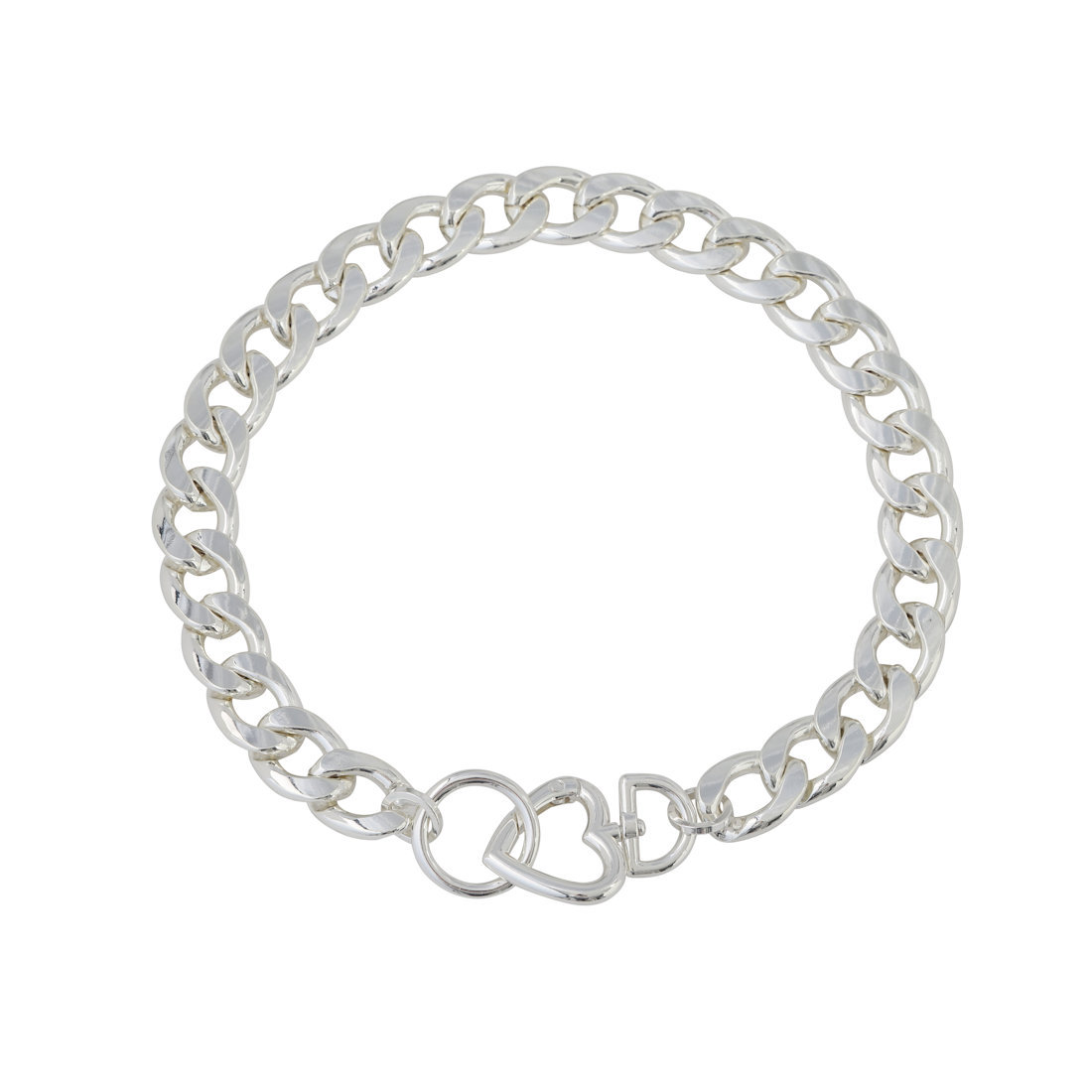
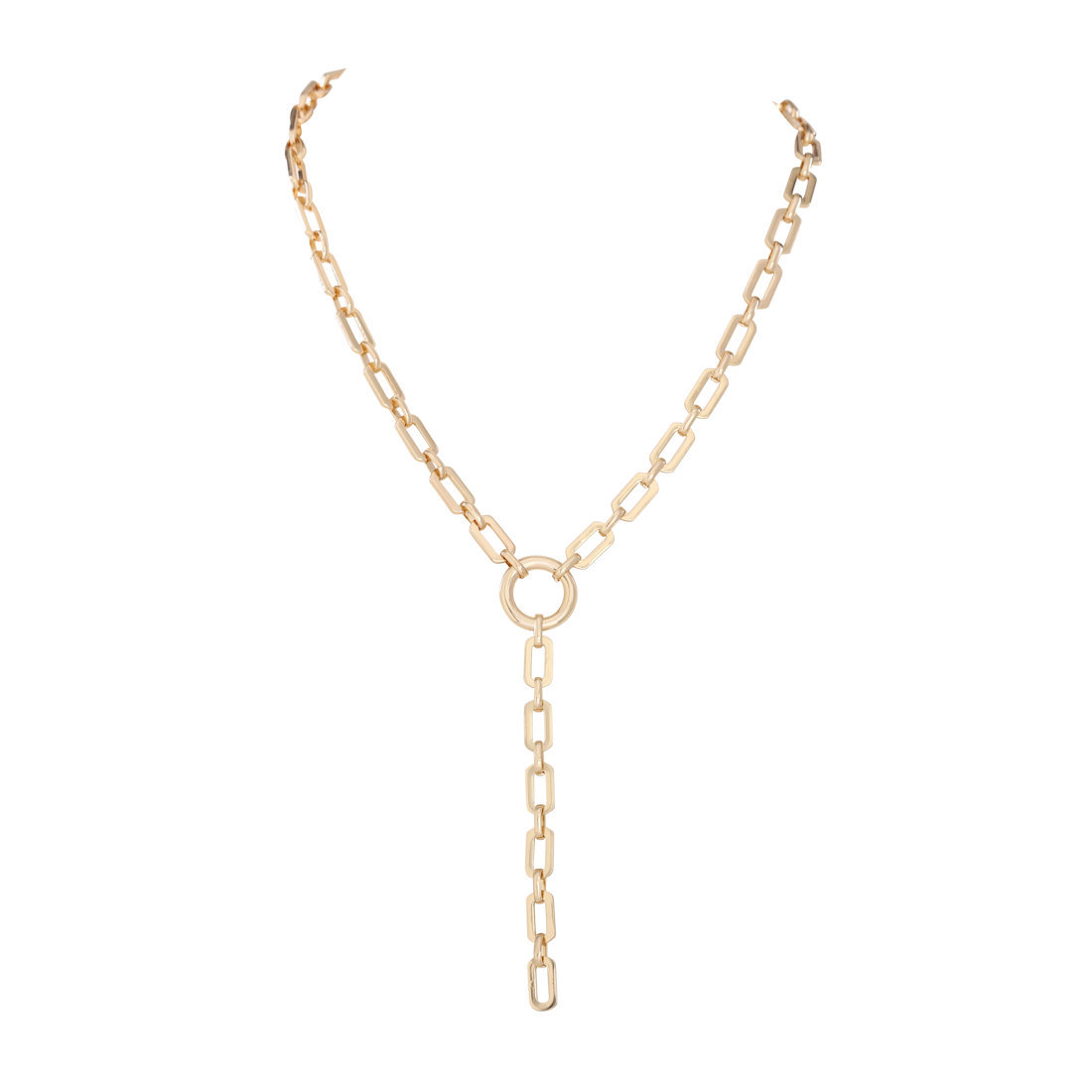



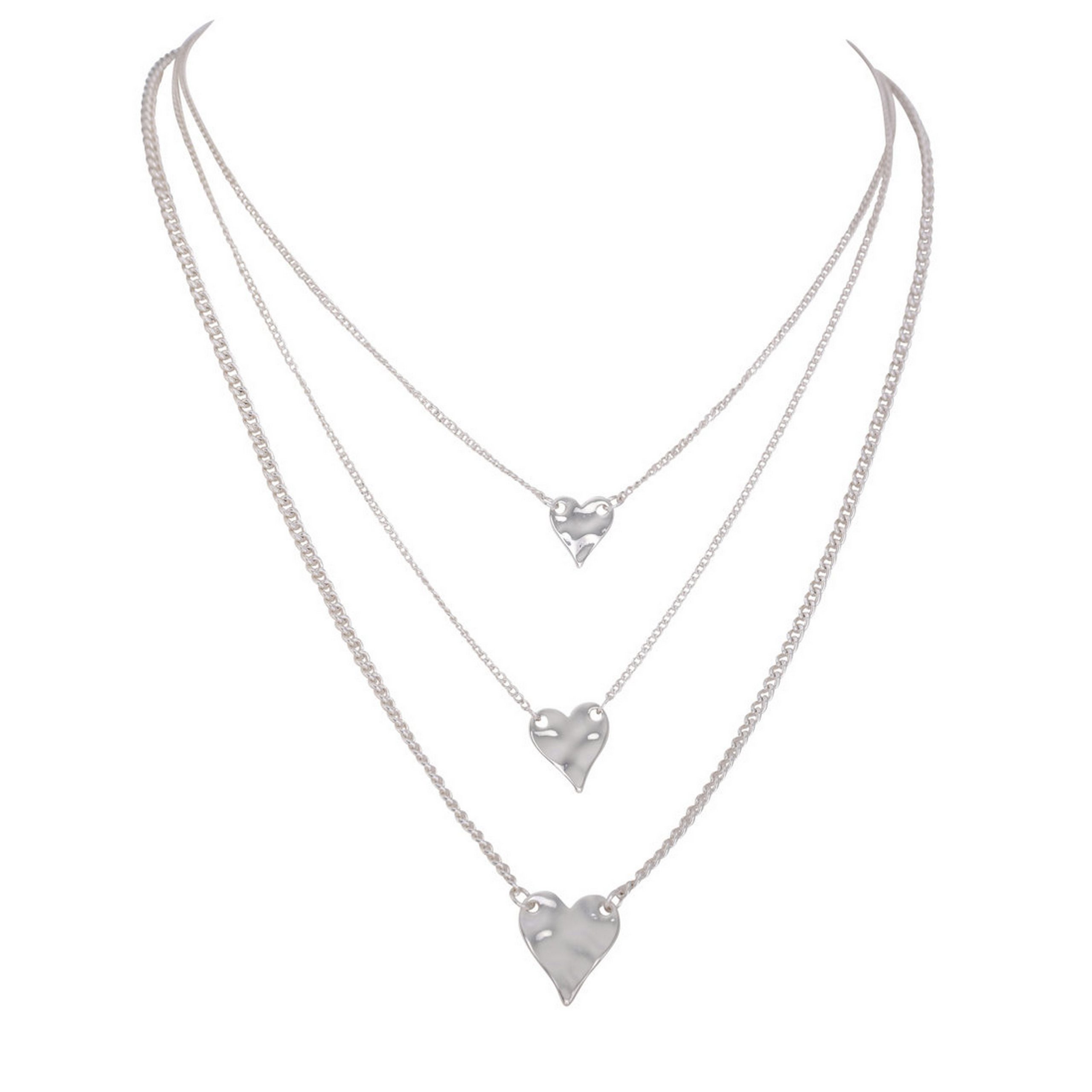


There’s a lot to take away, and I appreciate how you’ve bullet-pointed the Safety and Wellbeing practices. It helps to consolidate this unique story.
This is absolutely the most insane thing I have ever heard of in my life. In my opinion the only acceptable outcome for rape is the rapist in jail and having a bad time of it.
WOW, she sounds like someone I know who was married and raped by her spouse. She never got the support she needed due to people thinking because she was married rape wasn’t considered rape. She finally left him, but the system failed her and so did her family for not supporting her. I so agree” Let’s Protect Women” not standby and do nothing.
I haven’t heard of the show, but I can see it’s popular, especially if it has international versions of it. The topic is heavy, and scary too. It’s probably one of the worst places to be in because the support would probably be so minimal. It’s good that you’re bringing light to the topic.